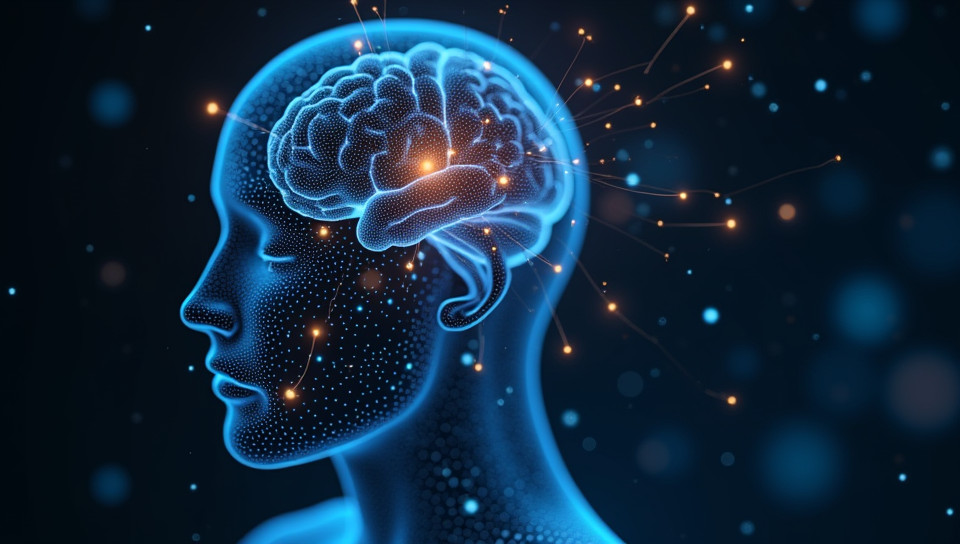Deep learning is a subset of machine learning techniques 69%

Deep Learning: Unpacking the Relationship Between Deep Learning and Machine Learning
As artificial intelligence continues to transform industries and revolutionize the way we live, it's becoming increasingly clear that deep learning is more than just a buzzword – it's a powerful tool for solving complex problems. But what exactly is deep learning, and how does it fit into the broader landscape of machine learning techniques? In this article, we'll delve into the relationship between deep learning and machine learning, exploring the key differences and similarities between these two closely related fields.
What is Machine Learning?
Machine learning is a type of artificial intelligence that enables systems to learn from data without being explicitly programmed. It involves training algorithms on large datasets to make predictions or take actions in response to new input. There are several types of machine learning, including:
- Supervised learning
- Unsupervised learning
- Reinforcement learning
What is Deep Learning?
Deep learning is a subset of machine learning that focuses on the use of neural networks with multiple layers to analyze and interpret complex data. These neural networks can be trained using large amounts of data and can learn to recognize patterns, classify objects, and make predictions.
Key Differences Between Machine Learning and Deep Learning
While deep learning is a type of machine learning, there are some key differences between the two fields. Here are a few:
- Complexity: Deep learning models tend to be more complex than traditional machine learning algorithms, requiring large amounts of computational power and training data.
- Data requirements: Deep learning models require large amounts of high-quality data to train effectively, whereas machine learning models can often be trained with smaller datasets.
- Interpretability: Deep learning models can be more difficult to interpret than machine learning models, making it harder to understand why a particular decision was made.
Applications of Deep Learning
Deep learning has a wide range of applications across industries, including:
- Computer vision
- Natural language processing
- Speech recognition
- Time series forecasting
Conclusion
In conclusion, deep learning is a powerful tool for solving complex problems and unlocking insights from large datasets. While it's a subset of machine learning techniques, its unique characteristics and requirements set it apart from other types of machine learning algorithms. By understanding the relationship between deep learning and machine learning, developers can harness the full potential of these technologies to drive innovation and growth in their industries.
As we continue to push the boundaries of what's possible with artificial intelligence, one thing is clear: deep learning will play an increasingly important role in shaping our future.
- Created by: Sebastián Salazar
- Created at: July 28, 2024, 1:18 a.m.
- ID: 4144